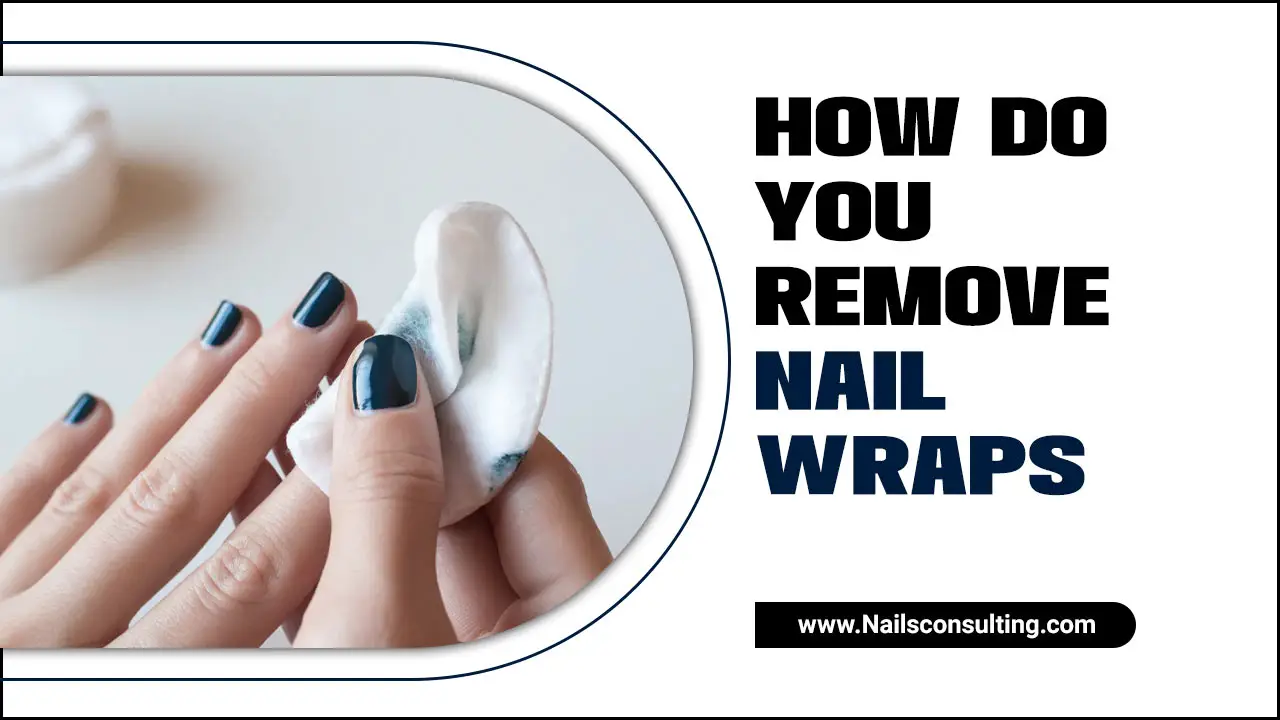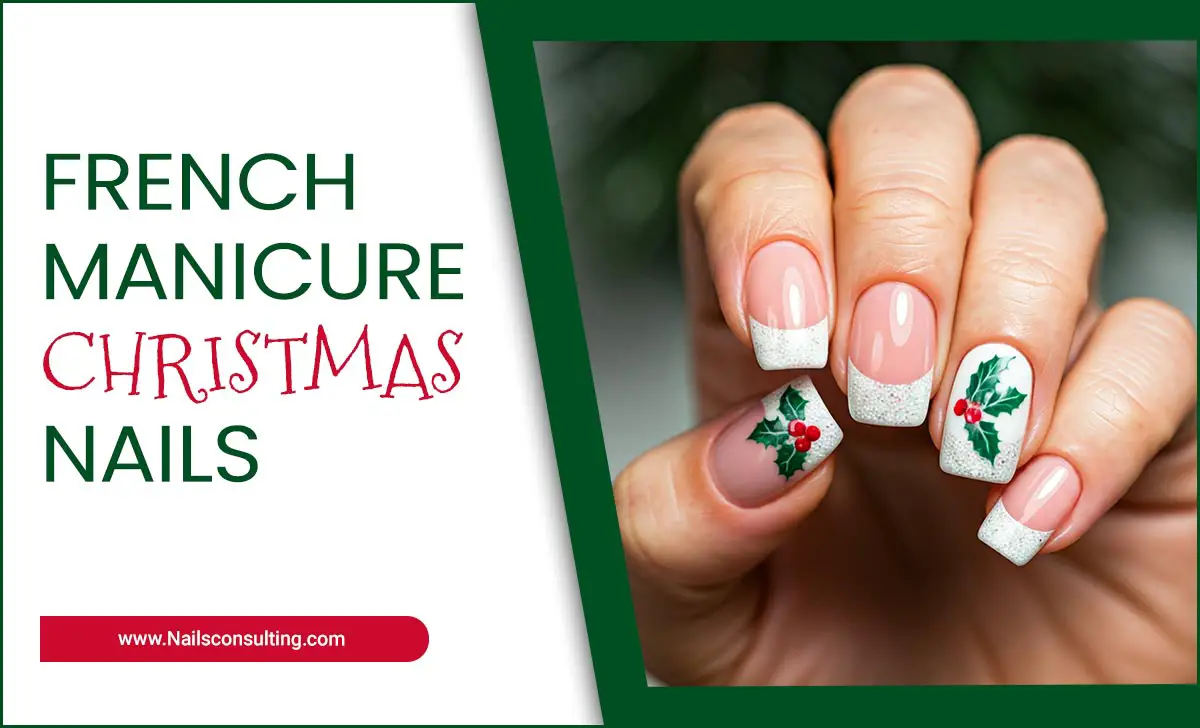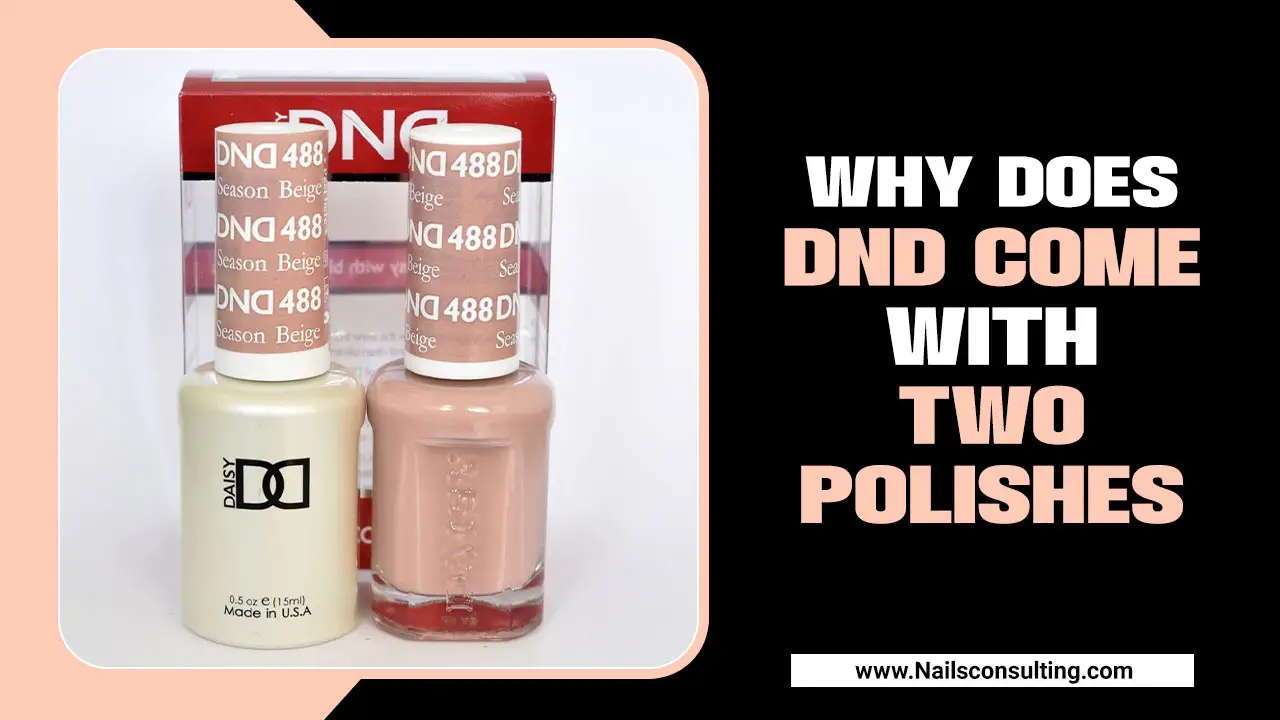Stamping nail art ideas are a fun and easy way to create professional-looking designs right at home! With simple tools and a bit of practice, you can achieve stunning nail art that looks like you just stepped out of a salon. This guide will unlock simple techniques and brilliant designs to elevate your manicure game with nail stamping.
Nail art can feel a bit intimidating, right? You see those intricate designs and think, “There’s no way I could ever do that myself!” But what if I told you there’s a secret weapon that makes creating beautiful, detailed nail art super simple and surprisingly fun? Nail stamping is your new best friend! It’s a fantastic way for anyone, even total beginners, to get salon-worthy nails without the salon price tag. No need to worry about shaky hands or complicated freehand drawing anymore. We’re about to dive into the exciting world of stamping nail art ideas that are not only gorgeous but totally achievable. Get ready to transform your nails into tiny canvases of art!
What is Nail Stamping and Why You’ll Love It
Nail stamping is a technique that uses specialized stamping plates, a stamper, and nail polish to transfer designs onto your nails. Think of it like a tiny, artistic rubber stamp for your fingertips! It’s incredibly versatile, allowing you to create everything from delicate floral patterns to bold geometric shapes and intricate lace designs. The best part? It’s way easier and faster than most other nail art methods.
Here’s why nail stamping is a game-changer for nail art lovers:
- Simplicity: The core concept is straightforward, making it perfect for beginners.
- Speed: You can create complex-looking designs in a fraction of the time it would take to paint them freehand.
- Precision: Stamping plates hold tiny, detailed etchings that are much harder to replicate by hand.
- Variety: With countless stamping plates available, the design possibilities are virtually endless.
- Affordability: Once you have the basic kit, the cost per manicure is very low.
Your Essential Nail Stamping Toolkit
Before we jump into the fun designs, let’s make sure you have the right tools. Don’t be overwhelmed; you only need a few key items to get started. Think of this as your starter pack for creative nail art!
Here’s what you’ll need:
- Stamping Plates: These are metal discs or squares etched with various designs. They range from single images to full-nail patterns. Brands like Pueen, Born Pretty, and MoYou-London offer a huge variety.
- Stamper & Scraper Set:
- Stamper Head: This is usually made of silicone and picks up the polish from the plate.
- Scraper Card/Tool: Used to scrape off excess polish from the stamping plate, leaving it only in the etched lines. A old gift card or a dedicated plastic card works too!
- Specialty Stamping Polish: While regular nail polish can work, dedicated stamping polishes are more pigmented and opaque, making them transfer designs more effectively. They are also designed to dry quickly.
- Nail Polish Remover: For cleaning your stamper, scraper, and stamping plates. Pure acetone is often recommended for a quick, effective clean.
- Lint-Free Wipes or Cotton Pads: For applying remover and cleaning up mistakes.
- Base Coat and Top Coat: Essential for any manicure, these protect your natural nails and help your stamping art last longer. A good quick-dry top coat is especially helpful to avoid smudging your design.
The Basic Nail Stamping Technique: Step-by-Step
Mastering the basic stamping technique is key to unlocking all the amazing stamping nail art ideas. It might take a couple of tries to get the hang of it, but follow these steps, and you’ll be stamping like a pro in no time!
- Prep Your Nails: Start with clean, dry nails. Apply your favorite base coat and let it dry completely.
- Apply Your Base Color: Paint your nails with a solid color that will act as the background for your stamped design. Make sure it’s fully dry before stamping! This is a crucial step.
- Pick Your Design: Choose an image or pattern from your stamping plate.
- Apply Stamping Polish: Dispense a generous line of stamping polish directly over your chosen design on the plate.
- Scrape the Excess Polish: Immediately hold your scraper card at about a 45-degree angle and with a quick, firm motion, scrape across the plate. This removes the excess polish, leaving it only in the etched areas of the design.
- Stamp the Design: Gently roll the stamper head over the design. You want to pick up the polish quickly and cleanly. Don’t press too hard.
- Transfer to Nail: Immediately and gently roll or press the stamper onto your nail. Again, a gentle rolling motion often works best.
- Clean Up and Seal: Use a cleanup brush dipped in nail polish remover to clean up any polish that got on your skin around the nail. Once your stamped design is dry (it dries fast!), apply a generous layer of top coat. Be careful not to smudge; a quick, decisive swipe is best. If you’re worried about smudging, try a “cap style” top coat that seals the edges without touching the stamped design directly.
Pro Tip: If your stamper isn’t picking up polish well, try a different brand of stamping polish or ensure your plate is clean and etchings are deep enough. Sometimes, gently buffing your stamper head (if it’s silicone) with a fine-grit file can improve adhesion, but be very gentle!
Genius Stamping Nail Art Ideas for Every Occasion
Now for the really fun part – the ideas! With stamping, you can achieve looks that are intricate, chic, playful, and totally unique. These stamping nail art ideas are designed to inspire your next manicure.
1. Elegant Geometric Brilliance
Geometric patterns are timeless and incredibly versatile. From sharp lines to abstract shapes, stamping makes achieving clean, precise geometric looks effortless. They work beautifully as a full-nail design or as an accent on one or two nails.
- Design: Use plates with straight lines, grids, triangles, or chevrons.
- Color Combos:
- Classic Black/White on a nude base
- Gold or silver foil polish on a deep jewel tone (emerald, sapphire)
- Pastel colors for a softer, modern look
- Metallic stamping over a matte base coat for a sophisticated finish
- Occasion: Perfect for work, a night out, or any time you want a chic, modern vibe.
2. Blooming Florals and Delicate Leaves
Floral nail art is always in season! Stamping plates offer beautiful, detailed floral designs that are impossible to paint freehand for most. You can create full floral bouquets, delicate single flowers, or vine-like leaf patterns.
- Design: Look for plates with roses, daisies, peonies, or intricate leaf clusters.
- Color Combos:
- Vibrant pinks or reds on a white or cream background
- Pastel blues, purples, and yellows for a spring feel
- Metallic greens or bronzes for a more earthy tone
- Use a gradient base color for an extra special touch before stamping
- Occasion: Ideal for spring, summer, weddings, or any time you want to feel feminine and beautiful.
3. Playful Polka Dots and Funky Freckles
Who doesn’t love polka dots? Stamping makes creating perfectly spaced dots a breeze. You can go for classic, uniform dots or mix it up with different sizes and random placements for a more playful “freckle” effect.
- Design: Plates with various sized dots, scattered dots, or even tiny animal prints (which are essentially small dots!)
- Color Combos:
- Classic red dots on white
- Black dots on pink or baby blue
- A mix of bright, contrasting colors for a festive look
- Use a metallic polish to stamp tiny dots over a sheer base for a subtle shimmer
- Occasion: Casual, fun, and perfect for everyday wear or parties.
4. Intricate Lace and Crochet Effects
For a touch of sophistication and romance, lace patterns are stunning. Stamping allows you to perfectly replicate delicate lace textures. These can be used as a full nail overlay or as a delicate accent.
- Design: Search for “lace stamping plates” or “monarch butterfly” style patterns which can mimic lace closures.
- Color Combos:
- White or black lace over a nude, pale pink, or soft grey base
- Silver or gold lace for a glamorous look
- A deep red or burgundy base with black lace for a dramatic effect
- Occasion: Elegant for formal events, weddings, or date nights.
5. Nature-Inspired Wonders: Animals, Feathers, and More
Bring the beauty of nature to your fingertips! Stamping plates feature a variety of nature motifs, from detailed animal prints to graceful feathers and intricate tribal patterns.
- Design: Explore patterns like leopard spots, zebra stripes, snake skin, feathers, or even tiny woodland creatures.
- Color Combos:
- Classic brown and black leopard print on a beige base
- Bold black and white zebra stripes
- Iridescent or metallic polish for a magical feather effect
- Stamping a subtle feather pattern over a gradient sky-like background
- Occasion: Versatile for casual wear, themed parties, or whenever you feel a connection to the wild.
6. Minimalist Magic with Single Images
Sometimes, less is more! Single, small images stamped on an accent nail can create a powerful impact with minimal effort. These are perfect for busy bees or those who prefer a subtle touch of nail art.
- Design: Tiny stars, moons, hearts, minimalist outlines of animals, single flowers, or abstract symbols.
- Color Combos:
- A single gold star on a navy blue nail
- A delicate silver crescent moon on a sheer pink nail
- A tiny black heart on a clean white nail
- Use a contrasting metallic or neon if you want it to pop!
- Occasion: Everyday chic, can be dressed up or down.
7. The Power of Layering and Decals
Don’t be afraid to get creative with layering! You can stamp semi-transparent designs over each other, or even stamp onto cellophane to create custom nail decals. This opens up a whole new world of possibilities.
- Technique for Decals:
- Stamp your desired design onto a clear plastic surface (like a Ziploc bag or clear tape).
- Let it dry fully.
- Carefully peel off the stamped image.
- Apply a thin layer of top coat or nail glue to your nail where you want to place the decal.
- Carefully place the decal onto the wet top coat and press gently.
- Once dry, seal with another layer of top coat.
- Layering: Stamp a solid image first, then stamp a lacy or line-based design over the top in a contrasting color.
- Occasion: When you want truly unique, custom nail art.
Troubleshooting Common Stamping Nail Art Problems
Even with the best intentions, sometimes stamping can be a little tricky. Don’t get discouraged! Most issues are easily fixed with a small adjustment.
| Problem | Possible Cause | Solution |
|---|---|---|
| Stamper not picking up polish | Polish too thin, not enough polish, old polish, stamper surface too smooth. | Use thicker, pigmented stamping polish. Apply a generous line of polish. Try a different polish brand. Gently buff silicone stamper with a fine grit file if needed. |
| Design smudging on nail | Base polish not dry, top coat applied too heavily or roughly. | Ensure base color is 100% dry. Use a quick-dry top coat and apply with one smooth, decisive swipe. Try a “cap” top coat or sealing the edges only. |
| Scraping not removing all excess polish | Scraper angle too steep or too shallow, too much pressure, slow scraping. | Hold scraper at ~45-degree angle. Use a firm, but not overly forceful, quick scrape. Practice the motion. |
| Design looks broken or incomplete | Uneven polish application, rough stamper roll, dirty plate etchings. | Apply polish evenly over design. Roll stamper smoothly onto plate and then onto nail. Clean plate etchings thoroughly with acetone. |
| Polish not transferring from stamper to nail | Too much time between stamping and transferring, sticky stamper. | Work quickly! Transfer design to nail immediately after picking it up. Lightly cleanse stamper with a sticky tape strip if it’s too “sticky” or oily. |
Maintaining Your Stamping Tools
Proper care will ensure your stamping tools last and perform their best for many manicures to come. It’s super simple and takes just a minute!
- Stamping Plates: After each use, spray them with pure acetone nail polish remover and wipe clean with a lint-free wipe. This removes all polish residue and keeps the etchings clear. Avoid scratching the metal.
- Stamper Head:
- Silicone/Jelly Stampers: These can usually be cleaned by gently rolling them over sticky tape to pick up polish residue. For a deeper clean, you can dab them with isopropyl alcohol or acetone but be aware that frequent acetone use can sometimes affect the clarity or longevity of the silicone over time. Never use rough scrubbing or abrasive materials.
- Nail Polish Remover: Typically, a light dab with a cotton pad soaked in nail polish remover works for most stamper heads. Test on an inconspicuous spot if you’re concerned about damage.
- Scraper Card: Wipe clean with nail polish remover and a lint-free wipe.
For more detailed care instructions on nail art tools, you can check out resources on proper tool maintenance, such as those found on sites dedicated to beauty tool hygiene from the Centers for Disease Control and Prevention (CDC). While the CDC focuses on clinical settings, the principles of cleaning and hygiene are universal for extending the life and effectiveness of your tools.
FAQs About Stamping Nail Art
What is the best type of nail polish for stamping?
Specialty stamping polishes are formulated for opacity and quick drying, making them ideal. However, highly pigmented, opaque regular nail polishes can also work, especially brands like Essie or OPI in their more vibrant shades. Experimentation is key!
Can I use any nail polish color for stamping?
Yes! While specific stamping polishes are best, you can use almost any color. Lighter colors might be harder to see on lighter base coats, so opt for high contrast or use very opaque polishes for those shades.
How do I make sure my stamped design doesn’t smudge?
The most crucial steps are ensuring your base color is completely dry and applying your top coat with one swift, smooth motion. Avoid dabbing or excessive brushing with the top coat. Using a quick-dry top coat can also help immensely.
My stamper is too sticky, what can I do?
If your stamper head feels excessively sticky and is causing issues with picking up or transferring polish, try gently dabbing it with a lint-free wipe slightly dampened with nail polish remover or isopropyl alcohol. Alternatively, a piece of sticky tape can sometimes help lift off residue without damaging the stamper.
Can I stamp jelly polishes or glitter polishes?
Jelly polishes are usually too sheer for stamping. Glitter polishes can work, but it depends on the size and density of the glitter. Very fine glitter polishes might stamp, but larger glitters are often too chunky to pick up cleanly from the plate.
How do I clean my stamping plates if they get scratched?
Minor scratches are often unavoidable with metal plates. Usually, they don’t affect the stamping unless the scratch is very deep and crosses over an etched




